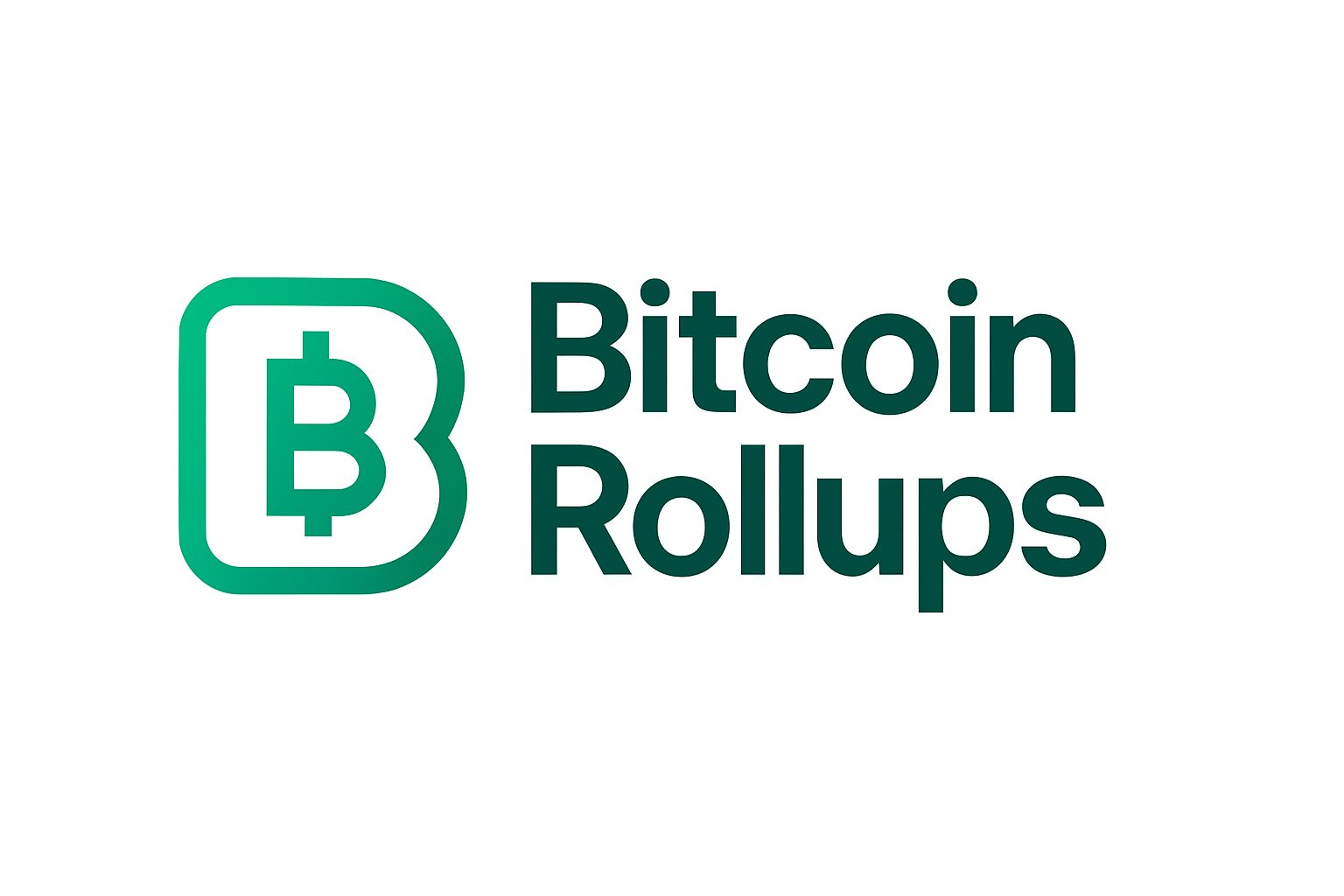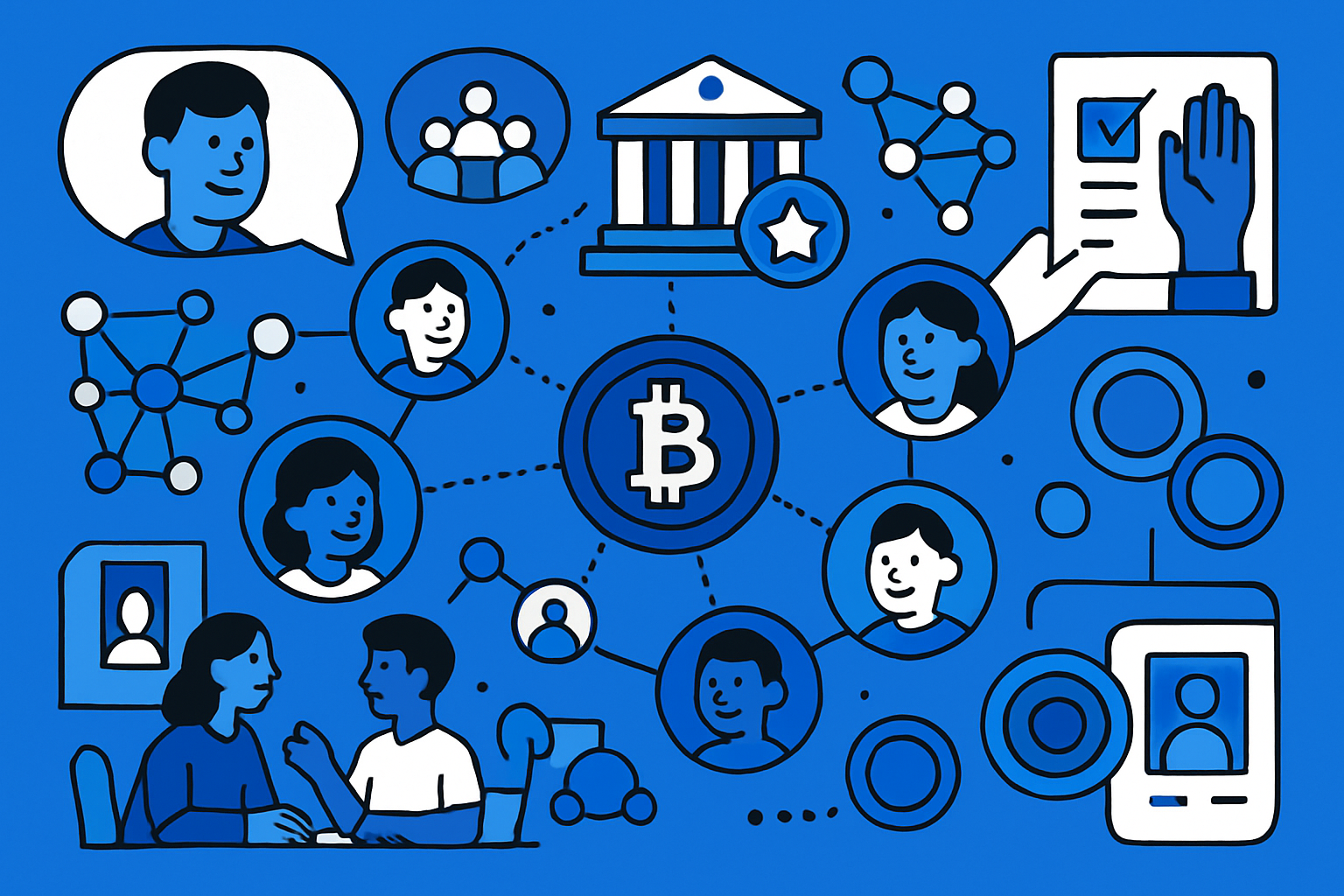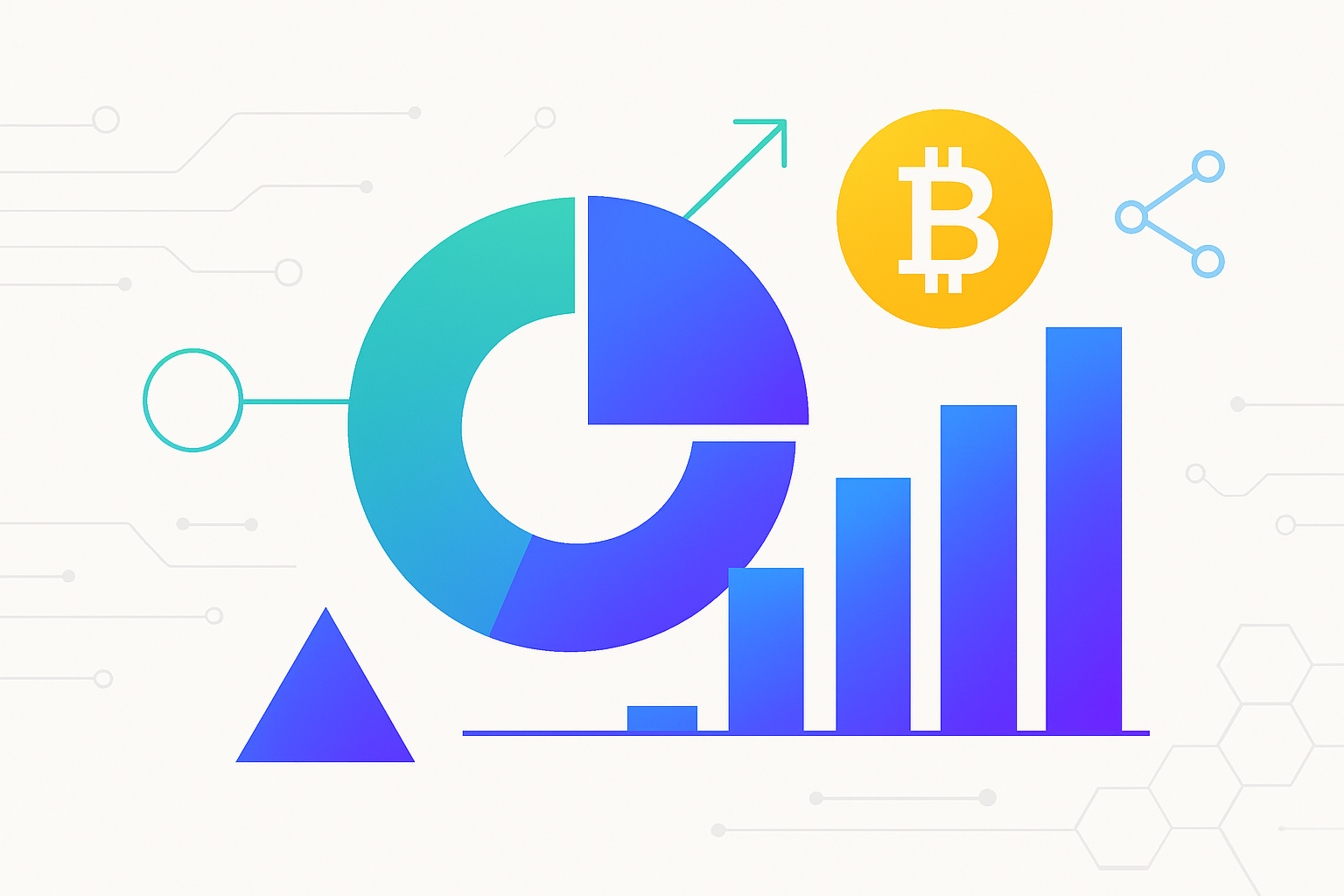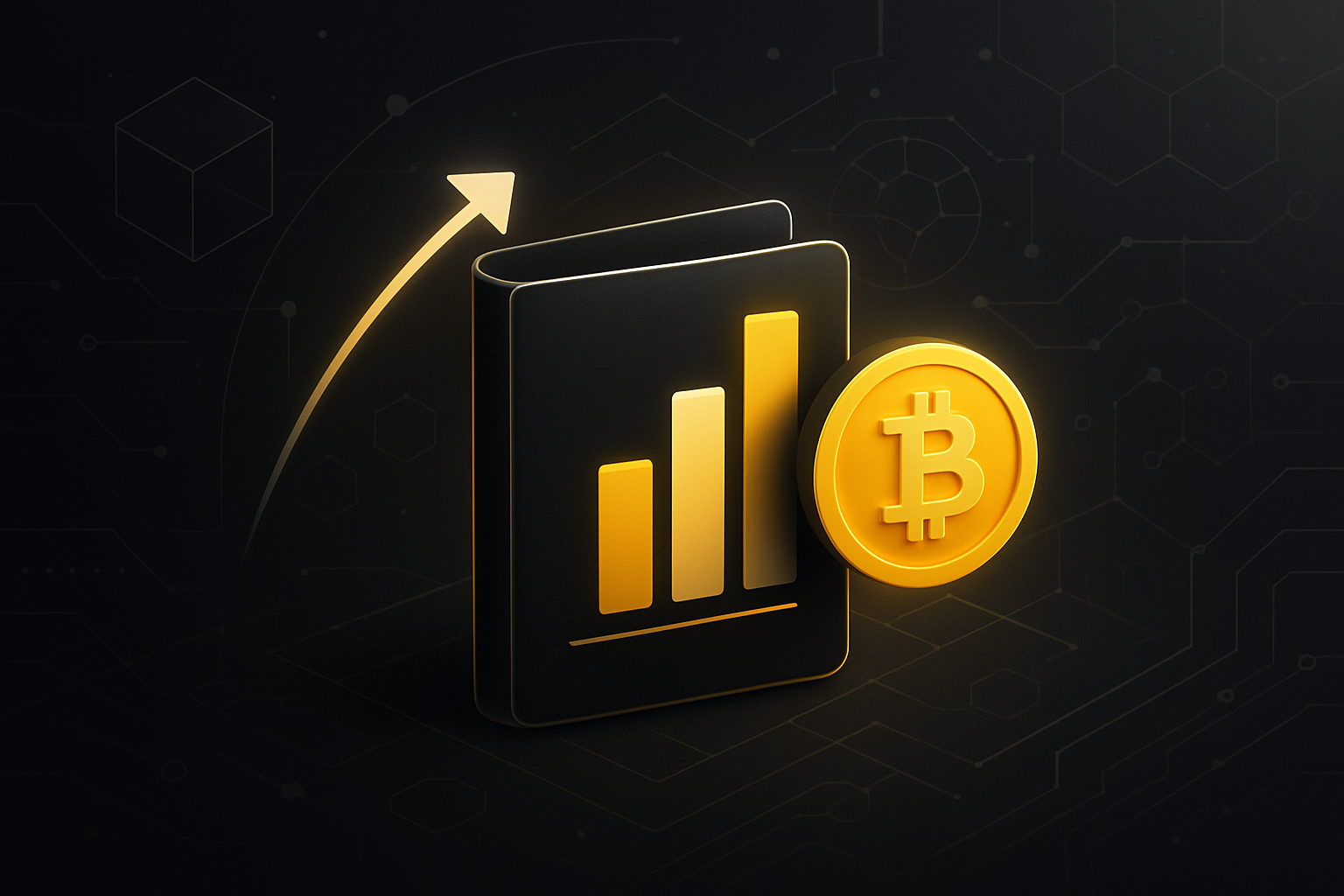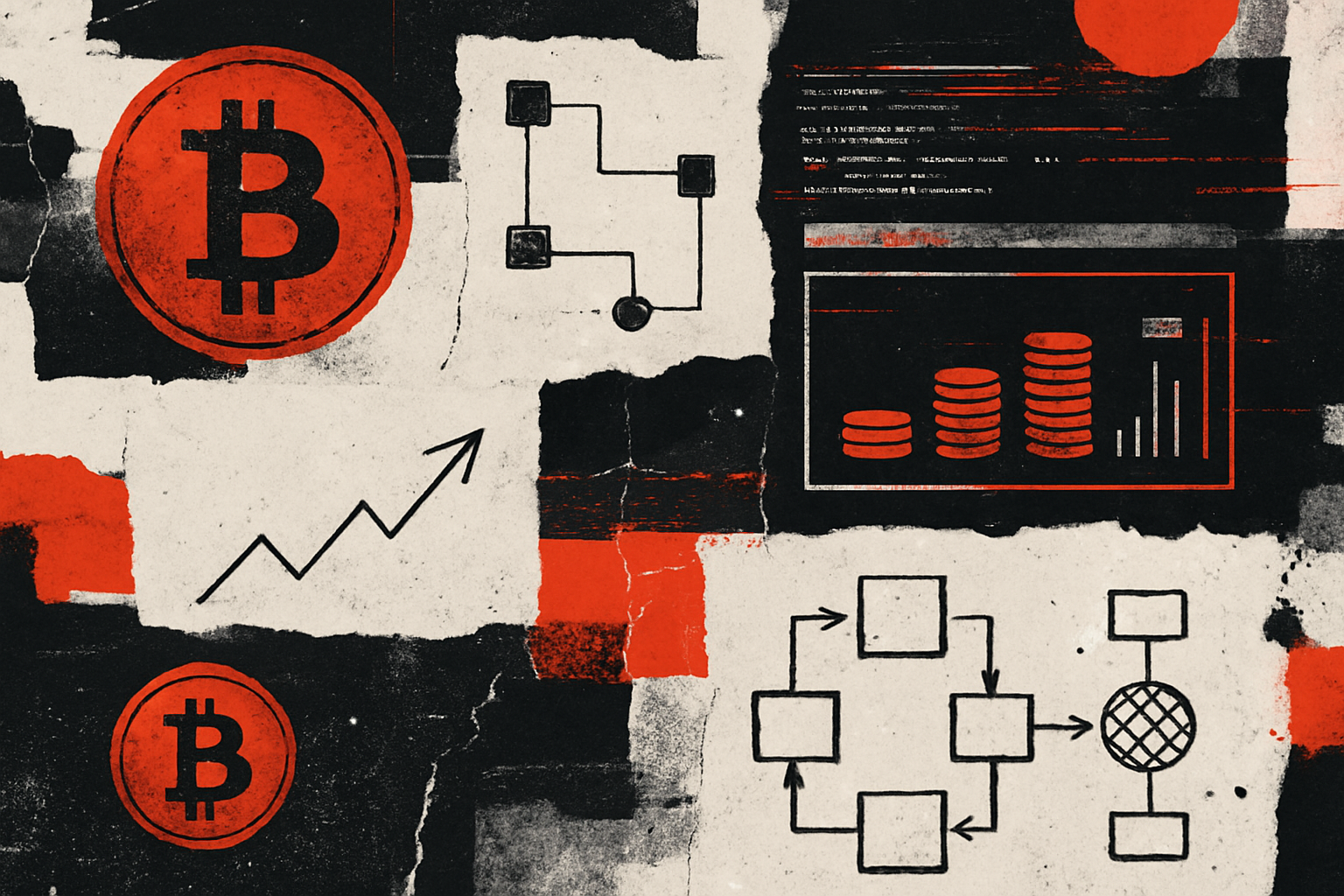
Bitcoin is back in the spotlight, and it’s not just the $95,193.00 price tag that has the market buzzing. The real action is happening under the hood, where decentralized sequencers and zero-knowledge rollups are rewriting the rules of Bitcoin scalability. If you’re tracking the latest in Bitcoin L2 yield, trustless BTCFi yield, or simply want to understand how programmable rollups like GOATRollup and BitVM2 are setting new standards for speed and security, you’re in exactly the right place.
Why Decentralized Sequencers Are a Game Changer for Bitcoin zkRollups
Let’s cut through the hype: decentralized sequencers are now essential for any serious Bitcoin zkRollup contender. In legacy rollup models, a single sequencer would order transactions off-chain before submitting them to Layer 1. That’s fast but introduces centralization risk, think censorship or downtime if one entity fails or acts maliciously.
GOAT Network, with its GOATRollup and BitVM2 integration, flips this model on its head. By rotating sequencer duties among a distributed set of nodes, GOAT ensures that no single party controls transaction flow or state updates. This approach tackles two pain points:
- No single point of failure: If one sequencer goes offline or misbehaves, others step in instantly.
- Censorship resistance: Transactions can’t be arbitrarily blocked or reordered by a rogue operator.
This isn’t just theory, it’s already live on GOAT’s BitVM2-based testnet, with real-time proving clocking in at sub-3 second block times across five independent provers (deep dive here). The result? A trust-minimized environment that keeps up with Bitcoin’s security while turbocharging throughput and programmability.
The Mechanics: How GOATRollup and BitVM2 Decentralize Block Production
Diving deeper into the tech stack, let’s break down what makes this possible:
- Sequencer Rotation Protocol: Roles rotate among a cluster of nodes (the “universal operator model”), so everyone gets a turn at proposing blocks and generating ZK-proofs.
- Duties of Sequencers:
- Order transactions off-chain for efficiency
- Create and execute blocks before submitting compressed proofs to Bitcoin Layer 1
- Generate zero-knowledge proofs (ZK-proofs) for each batch, this is where Ziren zkVM comes in for real-time proving
- Duel-Slashing Cryptoeconomics: Misbehaving operators get slashed on both sides (sequencing/proving), making attacks costly and rare.
The upshot? By distributing responsibilities among many actors instead of one centralized party, GOAT Network dramatically improves both security and liveness, even as it delivers sub-4 second block times that rival anything on Ethereum or Solana today.
The BitVM2 Leap: Slashing Challenge Periods and Unlocking Real BTC Yield
The real magic happens when you combine decentralized sequencing with BitVM2’s advanced verification system. Traditional optimistic rollups have always struggled with slow challenge periods (sometimes up to two weeks). But as outlined in the latest whitepaper releases from GOAT Network (see technical breakdown here):
- Challenge periods are now under one day.
- Ziren zkVM enables synchronous peg-outs and real-time state updates at every block interval (currently 3.4 seconds).
- No inflationary rewards: Instead of printing new tokens, GOAT aligns native yield mechanisms directly with Bitcoin’s monetary policy, real BTC yield without wrapped assets or rehypothecation risks.
This means users can earn sustainable yield directly from protocol activity rather than relying on speculative tokenomics, another major leap forward for trustless BTCFi yield generation (read more here about DeFi composability on Bitcoin via zkRollups).
Bitcoin Price Prediction 2026–2031 (Post-GOATRollup & BitVM2 Adoption)
Forecasts based on the current $95,193.00 spot price and the impact of decentralized sequencers and zkRollup advancements on Bitcoin Layer 2 adoption.
| Year | Minimum Price (Bearish) | Average Price (Base Case) | Maximum Price (Bullish) | Yearly % Change (Avg) | Key Market Scenario |
|---|---|---|---|---|---|
| 2026 | $72,500 | $102,000 | $138,000 | +7.1% | Consolidation, Layer 2 adoption accelerates; minor regulatory hurdles |
| 2027 | $78,000 | $116,500 | $158,000 | +14.2% | Bullish breakout as Bitcoin zkRollups mature, mainstream Layer 2 usage |
| 2028 | $82,000 | $132,000 | $185,000 | +13.3% | Institutional adoption surges, global regulatory clarity, BTC as DeFi collateral |
| 2029 | $90,000 | $156,000 | $212,000 | +18.2% | Macro tailwinds, Layer 2s drive new use cases, major ETF inflows |
| 2030 | $102,000 | $182,000 | $265,000 | +16.7% | Bitcoin as a digital reserve, Layer 2 DApps flourish, global payment rails |
| 2031 | $120,000 | $210,000 | $320,000 | +15.4% | Sustained global adoption, Layer 2 scaling peak, robust regulatory frameworks |
Price Prediction Summary
Bitcoin’s price outlook from 2026 to 2031 remains highly constructive, buoyed by the adoption of decentralized sequencers and zkRollup technology (e.g., GOATRollup, BitVM2). These innovations are expected to drive greater scalability, utility, and institutional interest in Bitcoin, supporting robust price appreciation over the next cycle. While cyclical corrections are possible, the underlying trend remains positive, especially as Bitcoin cements its role in Layer 2 DeFi and global settlements.
Key Factors Affecting Bitcoin Price
- Adoption and technical maturity of Bitcoin zkRollups (GOATRollup, BitVM2)
- Success and security of decentralized sequencer models
- Regulatory developments impacting crypto markets globally
- Macroeconomic environment and institutional capital flows
- Competition from other Layer 1s and Layer 2s (e.g., Ethereum, Solana)
- Bitcoin’s evolving role in DeFi, payments, and as a reserve asset
- Market sentiment, halving events, and liquidity cycles
Disclaimer: Cryptocurrency price predictions are speculative and based on current market analysis.
Actual prices may vary significantly due to market volatility, regulatory changes, and other factors.
Always do your own research before making investment decisions.
GOATRollup’s architecture is more than just a technical achievement, it’s a statement that Bitcoin scalability in 2025 doesn’t have to compromise on decentralization or yield. By leveraging BitVM2 and decentralized sequencers, GOAT is enabling programmable rollups that can process complex transactions, support native DeFi, and deliver real BTC yield, all while staying true to Bitcoin’s core ethos.

What does this mean for users and builders? For end-users, it means lower fees, near-instant finality, and the ability to interact with advanced applications using native BTC, no more wrapping or bridging. For developers, it opens up a new world of composability: you can build dApps that leverage Bitcoin’s security with the flexibility of modern smart contract platforms.
Ecosystem Impact: The Road Ahead for Bitcoin Programmable Rollups
The rapid deployment of decentralized sequencer protocols is already reshaping the competitive landscape. With Bitcoin holding steady at $95,193.00, institutional interest in scalable BTC infrastructure has never been higher. As more capital flows into the ecosystem, projects like GOATRollup are positioned to capture outsized value by offering:
- Trustless BTCFi yield: Protocol-driven rewards paid in actual BTC, not IOUs or synthetic tokens.
- Sustainable scalability: Sub-4 second block times with no compromise on security or decentralization.
- Developer composability: A robust environment for building next-gen dApps directly on Bitcoin.
This isn’t just incremental progress, it’s a structural shift in how value accrues on Bitcoin Layer 2s. The dual focus on cryptoeconomic security (via slashing) and user-friendly programmability (thanks to Ziren zkVM) means that both institutional and retail users can now participate in DeFi without leaving the safety of native BTC.
What’s Next? Decentralized Sequencers as Standard
If there’s one takeaway for developers and investors watching this space: expect decentralized sequencers to become table stakes for any serious rollup protocol by year-end. As challenge periods shrink and real-time proving becomes standard, legacy models will be left behind, especially as users demand faster peg-outs and real yield in their wallets.
The GOAT Network team has already hinted at further upgrades, including enhanced cross-rollup interoperability and expanded support for custom zk-circuits. For those looking to stay ahead of the curve in programmable rollups and trustless BTCFi yield, now is the time to start building, or stacking sats, on these next-gen platforms.
The bottom line? With GOATRollup’s BitVM2-powered design, decentralized sequencers are no longer an experiment, they’re powering live networks delivering real-time performance at scale. As Bitcoin continues its run above $95,000, watch this space: the rollup wars are just getting started, and programmable L2s like GOAT are leading the charge toward scalable, trustless yield for everyone.
